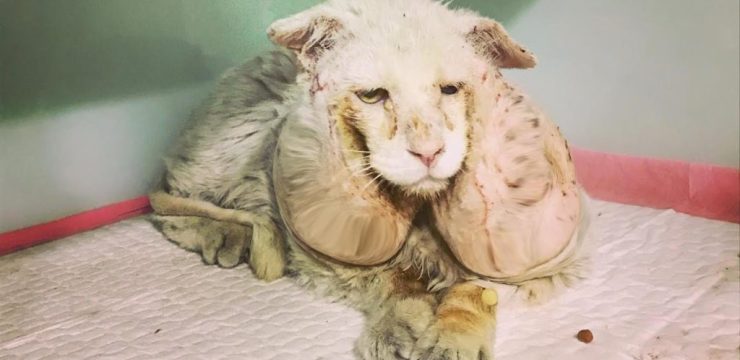Noticing red dots on your skin can be a little alarming, but the truth is, they are often harmless and can come from various causes. Some may be nothing more than a cosmetic concern, while others might indicate an underlying health issue. Here’s a look at some of the most common reasons behind these red spots and when you should consider consulting a doctor.

1. Petechiae and Purpura
Petechiae are tiny red or purple dots caused by bleeding under the skin, while purpura are larger spots that may also appear purple. These occur when small blood vessels burst, often as a result of physical stress, certain medications, or issues with your platelets. If you notice that these spots don’t fade or seem to multiply, it’s a good idea to see a doctor. Persistent petechiae or purpura can sometimes indicate more serious conditions, like blood clotting disorders, that require medical attention.
2. Cherry Angiomas
Cherry angiomas are small, raised, bright red bumps that typically appear as we age. These spots are benign, meaning they pose no health threat. Many people choose to leave them alone unless they become irritated or start to bleed. In that case, a dermatologist can easily remove them through minor procedures.
3. Heat Rash
Heat rash, often referred to as prickly heat, happens when sweat becomes trapped in blocked sweat ducts, causing clusters of small red dots that are often itchy. While it’s uncomfortable, it’s not dangerous. Heat rash usually clears up on its own once you cool down and the sweating decreases. To prevent future episodes, try to avoid overheating and wear loose, breathable clothing.
4. Allergic Reactions
Red dots on your skin might also be the result of an allergic reaction. Whether it’s caused by certain foods, medications, insect bites, or irritating substances like chemicals or plants, allergies can lead to red, itchy, and swollen patches of skin. If the reaction is mild, antihistamines and avoiding the allergen should help. However, if the reaction is severe, especially if you’re experiencing difficulty breathing, it’s essential to seek medical help immediately, as it could be a sign of anaphylaxis, a life-threatening allergic response.
5. Folliculitis
Folliculitis occurs when hair follicles become inflamed, often due to bacterial or fungal infections. This condition causes red, pus-filled bumps around the hair follicles and can look similar to acne. While mild cases usually clear up on their own with good hygiene, more severe or persistent cases may need antibiotics or antifungal treatments. Avoid shaving or wearing tight clothing over affected areas to prevent further irritation.
6. Cellulitis
Cellulitis is a serious bacterial infection of the skin that causes red, swollen, and often painful patches. Unlike many other causes of red spots, cellulitis can spread rapidly and, if left untreated, can lead to severe complications. If you notice that your red spots are growing, especially if they’re warm to the touch or accompanied by fever, you should seek immediate medical attention. Antibiotics are necessary to treat cellulitis, and early intervention is crucial to prevent the infection from spreading.
7. Impetigo
Impetigo is a contagious bacterial skin infection, often seen in young children but also affecting adults. It starts as red sores that can ooze and then form a yellowish crust. Impetigo spreads easily, so if you or your child develop these symptoms, it’s important to see a doctor for proper diagnosis and antibiotic treatment to prevent it from spreading to others.
8. Vasculitis
Vasculitis is an inflammation of the blood vessels, and it can cause red or purple dots to appear on your skin. This condition is often associated with autoimmune disorders, so if you notice these spots along with other symptoms like joint pain, fatigue, or unexplained fevers, it’s vital to consult a healthcare professional. Vasculitis can affect various parts of the body, and early diagnosis is essential to manage the condition properly.
9. Hemangiomas
Hemangiomas are non-cancerous growths made up of blood vessels and typically appear as raised, red bumps on the skin. These are common in infants and often disappear on their own as the child grows older. While most hemangiomas don’t require treatment, in rare cases, they may need medical attention if they grow too large or interfere with normal bodily functions.
When Should You See a Doctor?
Although many red dots on the skin are harmless and temporary, some could be a sign of a more serious condition. You should seek medical advice if your red spots are accompanied by symptoms like pain, swelling, fever, or noticeable changes in your skin’s texture. Conditions like cellulitis or vasculitis require prompt medical treatment, and early intervention is key to preventing complications.
In general, it’s better to be cautious when it comes to skin changes. If you’re ever unsure about what’s causing red spots on your skin, consulting a healthcare professional can give you peace of mind and ensure you get the proper care if needed.





